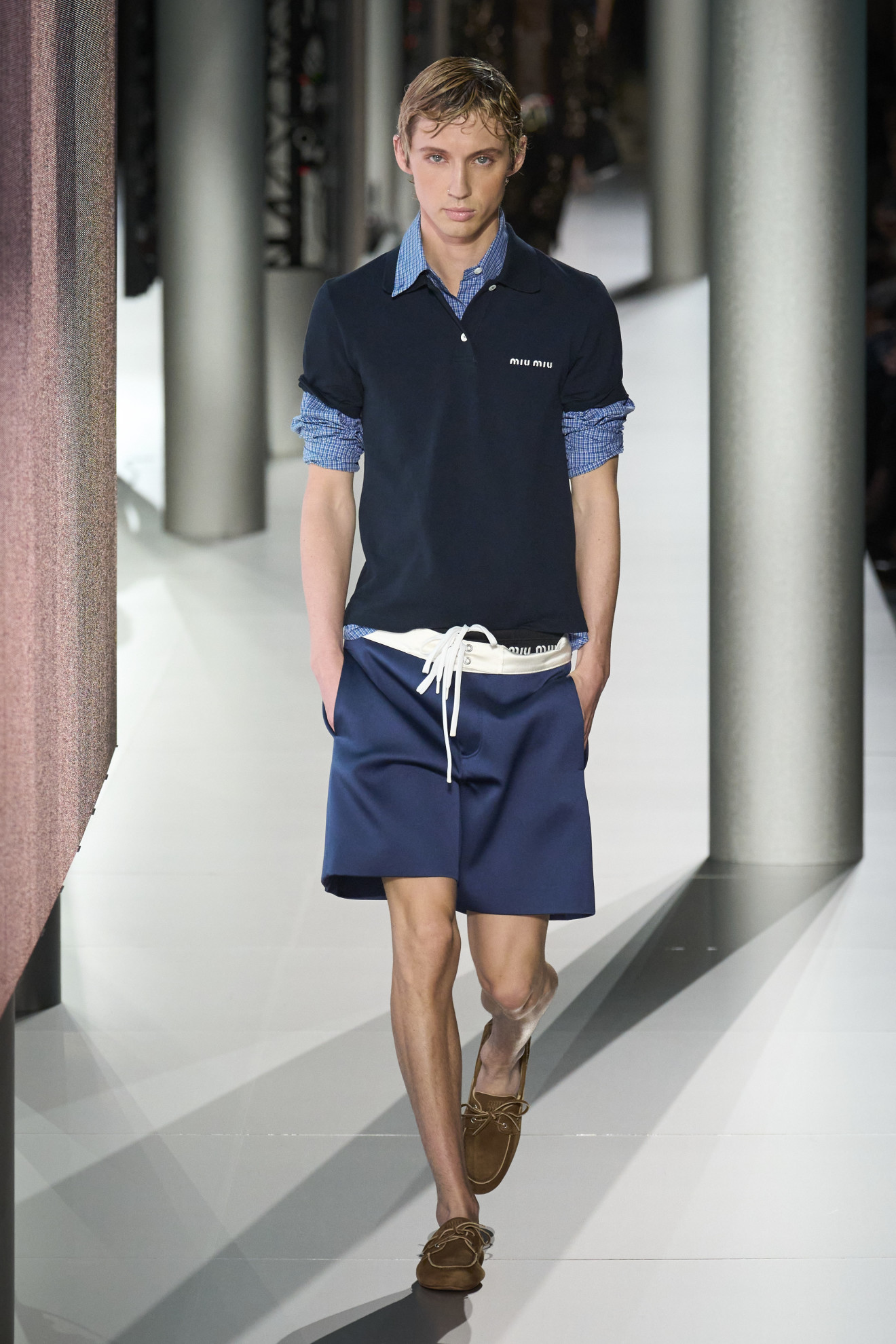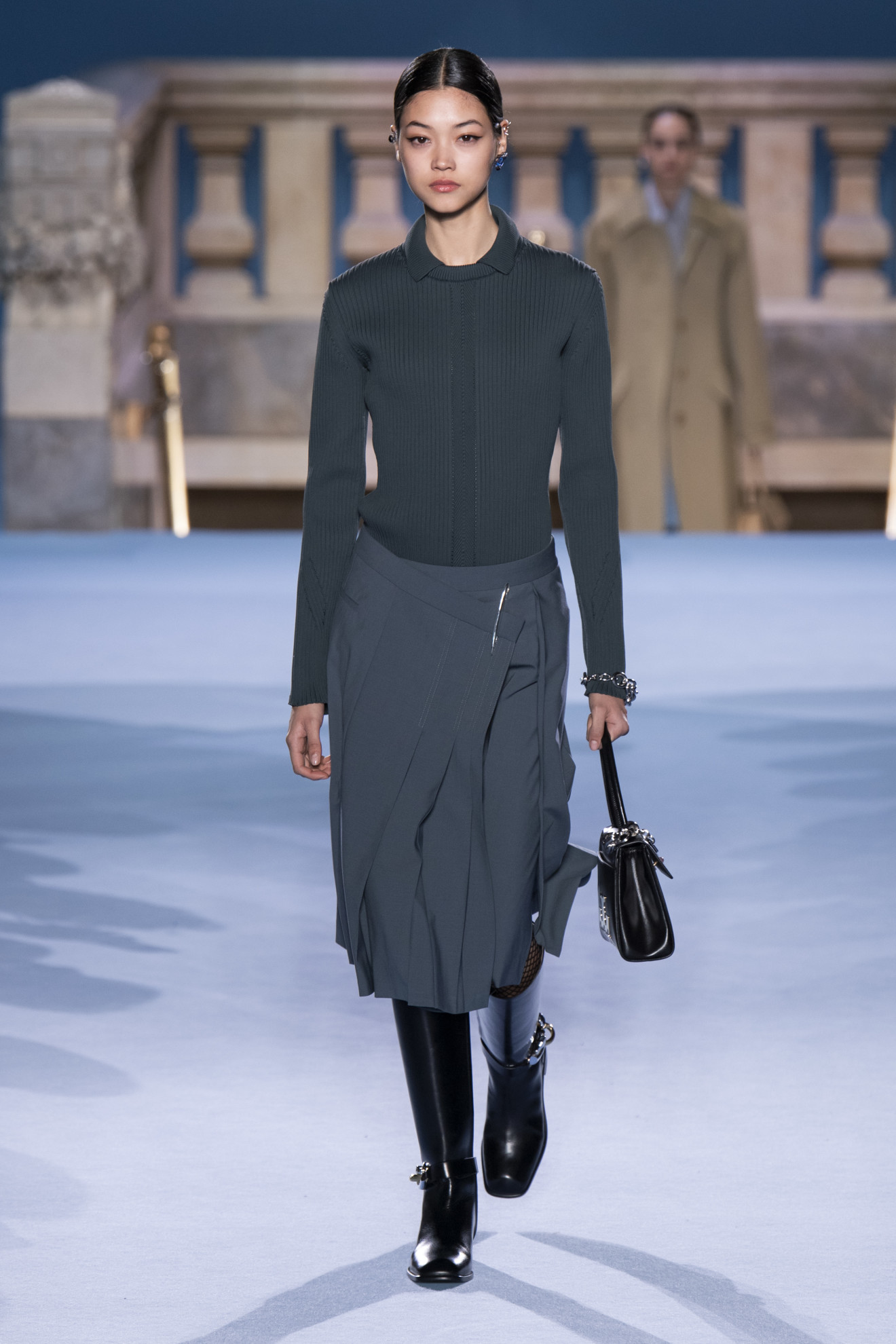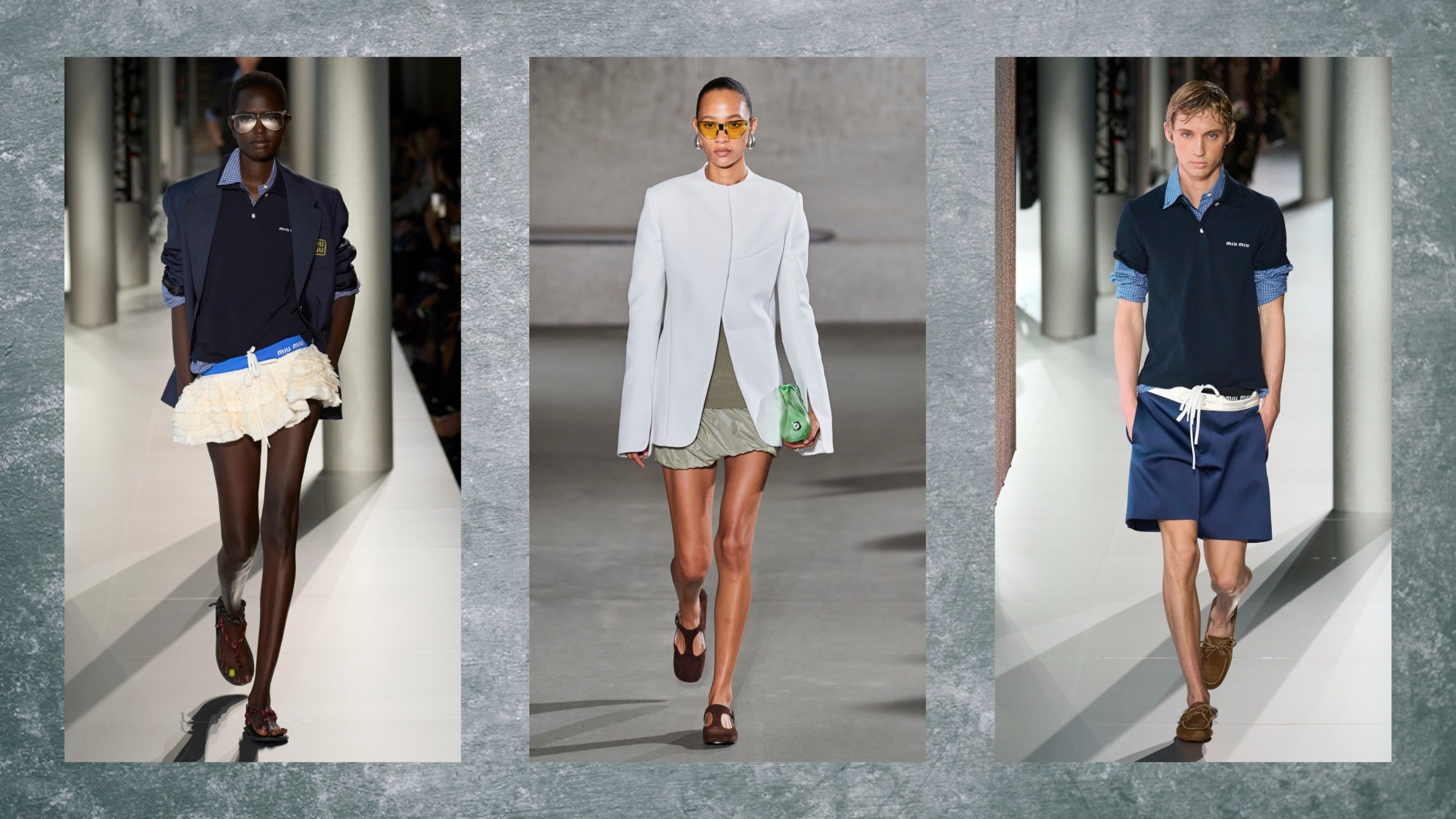Is prep trendy again? A simple Google search would indicate that yes, since about a year ago, there’s been a resurgence in preppy aesthetics that have reverberated from high fashion into streetwear and back again.
The re-emergence of prep was confirmed by Avery Trufelman in an epic series for her podcast Articles of Interest in late 2022, then Rachel Tashjian in an article for Harper’s Bazaar at the start of 2023 which argued that preppy fashion isn’t just about conservatism — as its clean-cut, well-tailored, class-indicating, white-centric stereotype would seem to suggest. Rather, its resurfacing was about designers and fashion folk challenging those very norms. After all, without subverting the trademark aesthetic or cultural properties of prep (exclusivity, rigidity, wealth, seriousness), thus bringing tension to the look, what you’re left with is an outfit that will simply read as dated at best, and come across as Bush dynasty cosplay at worst. Granted, some fell into that trap last year, conflating prep with a positive view of “old money” and dressing earnestly like Stepford Wives. Now, though, there’s a big change underway, breathing new life into the preppy renaissance.

Back then, Rachel wrote that “the history of the sort of prep I see manifesting today is not Abercrombie cargo pants, pink polos, or mint juleps on the lawn,” but that was because the prep she was writing about simply hadn’t reached that phase of the micro-trend cycle yet. From our latest vantage point, it seems we’ve made it: we’re back at a prep that is defined by the uncanny feeling of trying hard; ‘luxury’ run through a game of telephone, eventually landing us back at the mall.
For proof, look no further than the latest runways. Rather than the retro preciousness of Thom Browne’s SS23 show and the mod librarian look of Miu Miu’s FW23, design teams now seem to be drawing upon the more proletarian derivation of prep that was all the rage in the early aughts. The example that’s been written up in fashion publications the most is Miu Miu’s SS24 collection, which featured leather iterations of the boat shoes Paul Sperry invented to prevent sailors from slipping off damp ship decks, louche polos, seersucker button-downs, and drawstring board shorts. The collection looked like a seance for 00s Abercrombie & Fitch, far more Cape Cod mall rat than Harvard Yard haunter.

It makes sense: the further our world spirals into chaotic violence over conflicts originating in capitalist prerogative, the harder it is to sell an aspirational narrative of the more genuinely luxurious form of prep, with its Ivy League stylings (after all, we can’t afford college) repped by politicians, many of whom seem hellbent on trying to kill most of us. Instead, as with the other Y2K and aughts waves in the past few years of fashion, we’re receding into a past recent enough that most of us remember it — a time defined by its awkward relationship to, and frequent outright rejection of, traditional notions of luxury.
TikTok is, as per usual, at the cutting edge of this shift in culture, with “vintage” Abercrombie hauls and stylings saturating fashion-oriented feeds with brazen logos and layered polos. Meanwhile, Abercrombie itself is desperately trying to reemerge swinging after more than a decade of non-grata status. Its main line’s new aesthetic is neutral-toned, inoffensive, and not at all of the bratty aspiring sexpots it catered to once upon a time. But it seems that someone in corporate realised that their too-little-too-late rebrand — centring “inclusivity,” social justice, and comfort as its main values — doesn’t justify the off-trend direction the brand was taking, resulting in a “Vintage Reissue” collection last summer. As one Instagrammer commented though, it made more sense to “just find the originals cheaper on Poshmark”. The reissue lacked the smarmy, almost parodic sensibilities of the OG Abercrombie — the one that accosted us with a haze of saturated scent and blown-up images of abs with nondescript male faces attached to them; the Abercrombie that was a rich text that warranted the sex-based philosophising of Slavoj Žižek.
Abercrombie is emblematic of a class of brand that doesn’t have its own vision, its sole imperative being to process and regurgitate the near-overripe state of luxury clothing, always a bit too little and a minute too late. This is the crucible in which the prep currently experiencing a revival was created, and why it’s so compellingly off-kilter — it’s more aligned with the average Joe’s aspirational ideal than Jackie O’s. Though this iteration of prep still boasts aesthetic whispers of the academic, wealthy, white origins of its predecessor, it’s been filtered through the commercial, widely-available diffusion of aughts shopping malls.
This version, with a few important degrees of separation from Rachel Tashjian’s observed “quality basics”, is what’s being served to us on the plates of high-end design houses as the newest flavour of prep. This is perhaps done best by Tory Burch, the one brand that seems to have successfully translated this niche from its aughts manifestation to become a major player in the 2023 fashion circuit. The cornerstone of their strategy has been to fulfil a generation’s aspirations towards a department store version of prep, placing yesteryear’s unabashed reverence for the Tory Burch logo at the heart of it all. Once upon a time, it fed a generation of dressers who, even if they’d never set foot in a country club, had at least read the YA novel in which self-insert protagonists could live those dreams. The brand’s adherence to the yuppie jet set’s schedule — a ski collection for the colder months, warming toward tennis in the summer — combined with a relatively low price point for designer fashion, preserves its ethos of accessibility and a sneaky sense of humour. This basically allows modern day fashion girlies to cosplay as Carolyn Bessette Kennedy with a wink, a nudge and an intact bank balance.
Indeed, the latest understanding of preppy fashion is born not of innovation but of emulation, a diluted interpretation of an elite style, speaking more to the contemporary collective memory than to the true essence of opulence and exclusivity. No one would deign to call this version of preppy “classic” or “basic” — it has its own aesthetic quirks and caveats that differentiate it from the prep that comes from wealth. And ultimately, it’s pretty easy to pull off, regardless of your budget. Sure, you could go for the Miu Miu versions, but Tory Burch’s relatively easy-to-replicate styling — defined more by the general shape of accessible items like the boat shoe and the polo shirt — means that even more people can get in on the joke, joining in on subverting the highbrow associations that defined earlier versions of prep.



